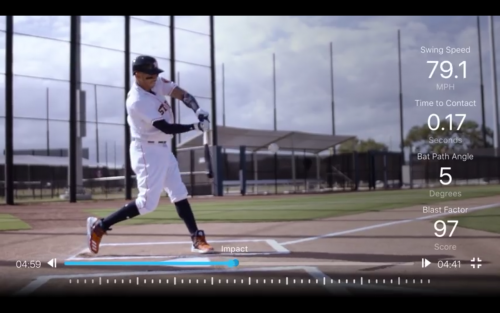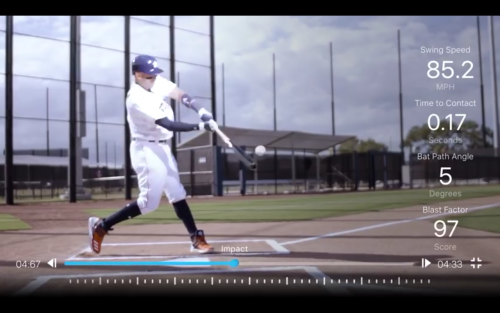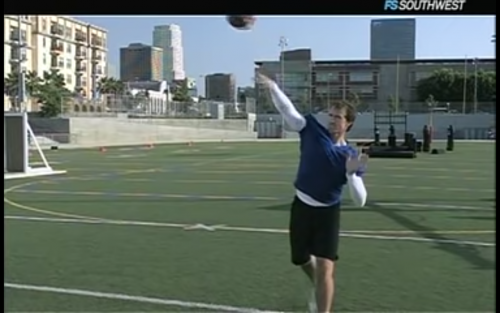The question I have is this, how do the hands/wrists move independently of the arms? The hands squeeze the bat. The wrists flex, deviate, and twist. If there are 2 hands on the bat and the hitter creates a shearing action, the wrists will articulate but the force is supplied by the arm and shoulder movements. If the wrists and hands are loose, there is slack in the linkage and the force isn't efficiently transferred.
I agree with everything there. I am replying with what I personally think the disconnect for some people.
You're saying the Active hands = "hands / wrists articulate but the force is supplied by the arm and shoulder movements." The hands and wrists are actively keeping all the angles
Where others are thinking Active = "hands / wrist assisting the drive backward via supination (???) in conjunction with the arm and shoulder".
Maybe I am wrong, perhaps it is just a disagreement on how....violent vs controlled the elbow slotting is. No one else has commented in our discussion so perhaps I am the only one whose idea of active vs passive is different than yours.
cmn





